10 Best Herbal Creams For Back Pain
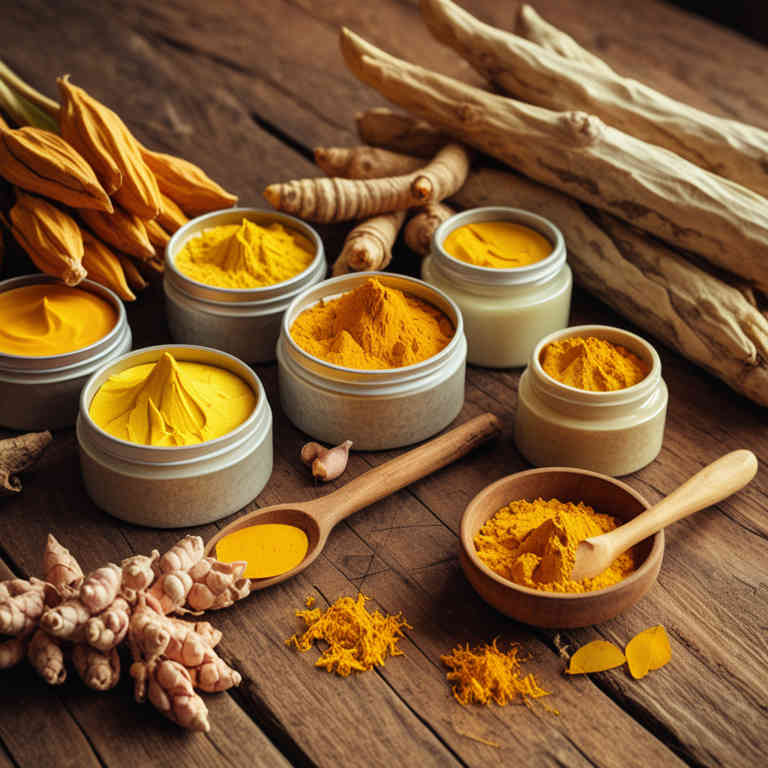
Herbal creams for back pain are natural topical treatments that combine plant-based ingredients with traditional healing practices to alleviate discomfort.
These creams often contain ingredients like menthol, capsaicin, eucalyptus oil, and arnica, which are known for their anti-inflammatory and analgesic properties. They are commonly used as a complementary therapy to reduce muscle tension and soreness without the side effects associated with some prescription medications. Many people prefer herbal creams for their gentle formulation and the soothing sensation they provide during application.
However, it is important to consult a healthcare professional before using these products, especially if you have sensitive skin or are taking other medications.
FREE Herb Drying Checklist
How to make sure every batch retains maximum flavor, color, and aroma without the risk of mold or over-drying. Eliminate guesswork and trial-and-error, making herb drying faster, easier, and more efficient every time.
Table of Contents
1. Hypericum perforatum
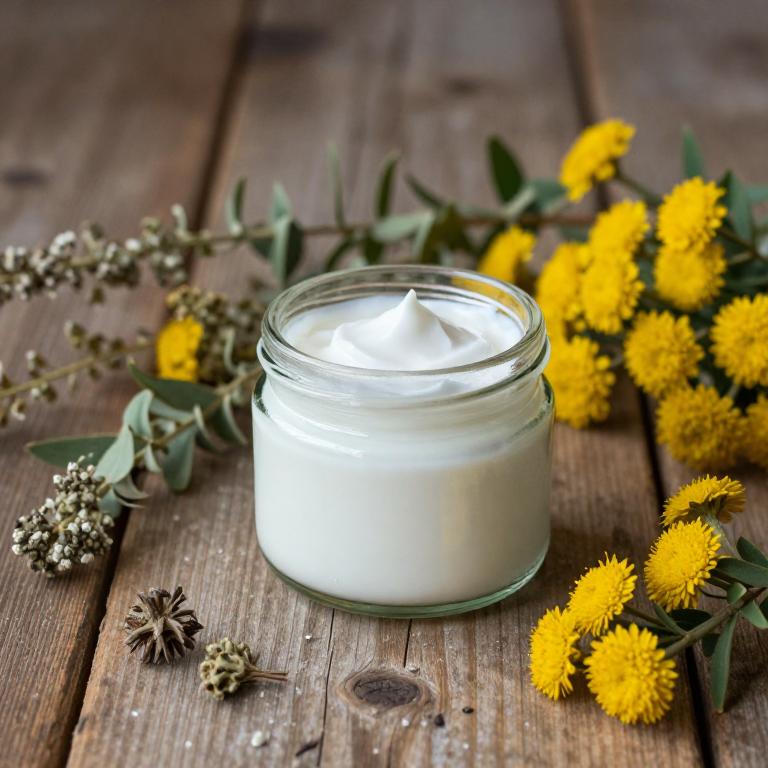
Hypericum perforatum, commonly known as St. John's Wort, is a herbal remedy that has been traditionally used for its potential anti-inflammatory and analgesic properties.
When formulated into creams, it can be applied topically to the skin to provide relief from back pain by reducing inflammation and soothing muscle tension. These creams are often favored for their natural composition, making them a popular alternative for individuals seeking non-pharmacological treatments. However, it is important to note that while some studies suggest possible benefits, more research is needed to confirm their efficacy and safety for long-term use.
As with any herbal product, it is advisable to consult a healthcare professional before incorporating hypericum perforatum cream into a pain management routine.
2. Equisetum arvense
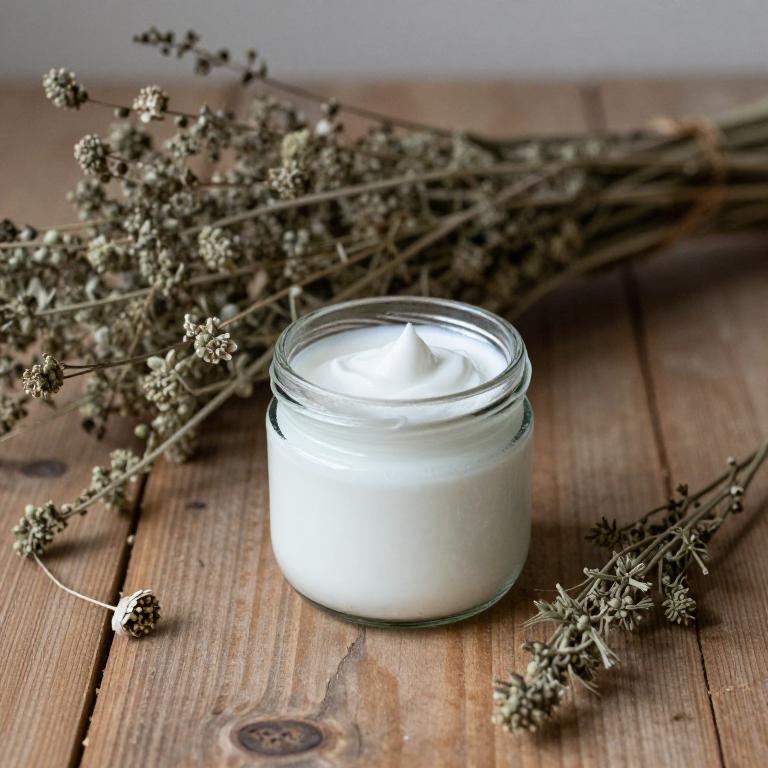
Equisetum arvense, commonly known as field horsetail, is a traditional herbal remedy that has been used for centuries to support joint and muscle health.
Its high concentration of silica and other bioactive compounds may help reduce inflammation and improve the elasticity of connective tissues, making it a potential ingredient in herbal creams for back pain. When incorporated into topical formulations, equisetum arvense herbal creams may provide localized relief by promoting circulation and reducing stiffness in the lower back area. These creams are often favored by individuals seeking natural alternatives to conventional pain relievers, though they should be used in conjunction with other therapeutic approaches for optimal results.
As with any herbal treatment, it is advisable to consult a healthcare professional before use, especially for those with existing medical conditions or who are taking other medications.
3. Zingiber officinale
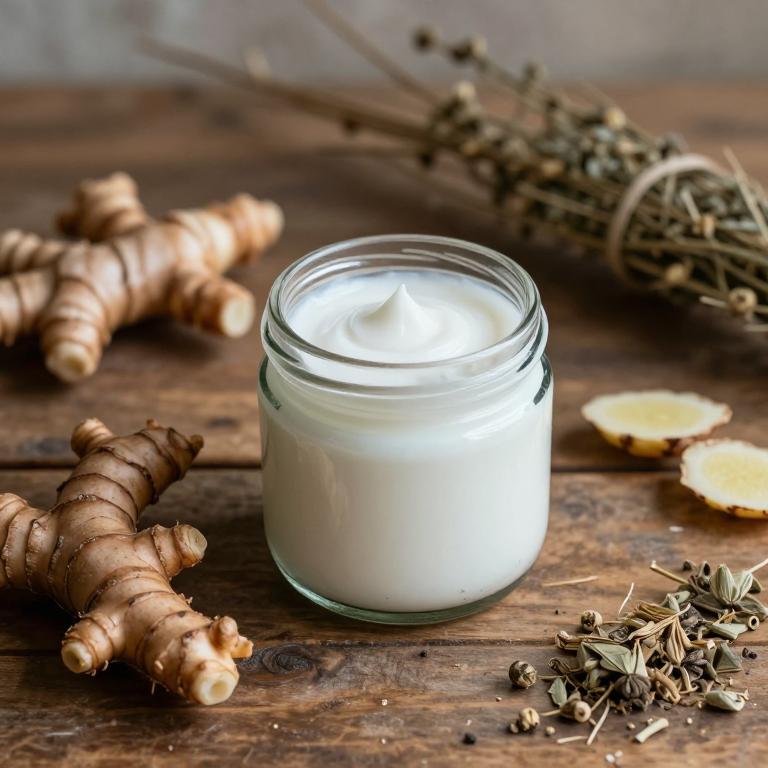
Zingiber officinale, commonly known as ginger, has been traditionally used for its anti-inflammatory and analgesic properties, making it a popular ingredient in herbal creams for back pain.
These creams typically contain extracts of fresh or dried ginger root, which can help reduce muscle tension and alleviate discomfort associated with conditions like arthritis or muscle strains. When applied topically, ginger-based creams may improve blood circulation and reduce inflammation in the affected areas of the back. While they are generally considered safe for most people, individuals with sensitive skin or allergies should perform a patch test before use.
Incorporating zingiber officinale herbal creams into a broader treatment plan, such as physical therapy or exercise, can offer a holistic approach to managing chronic back pain.
4. Arnica montana
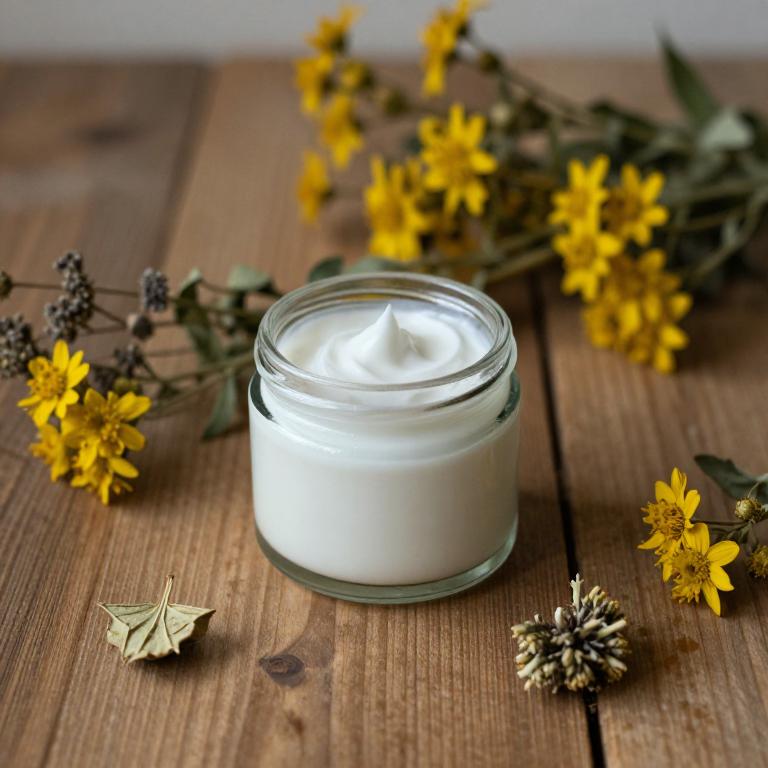
Arnica montana herbal creams are commonly used to alleviate back pain due to their anti-inflammatory and analgesic properties.
These creams typically contain extracts from the Arnica montana plant, which is known for its ability to reduce swelling and bruising. When applied topically to the affected area, the cream can help ease muscle tension and provide localized relief without entering the bloodstream. Many people find these creams effective for conditions such as muscle strains, sprains, and chronic back pain.
However, it is important to follow the instructions on the label and consult a healthcare professional if the pain persists or worsens.
5. Achillea millefolium
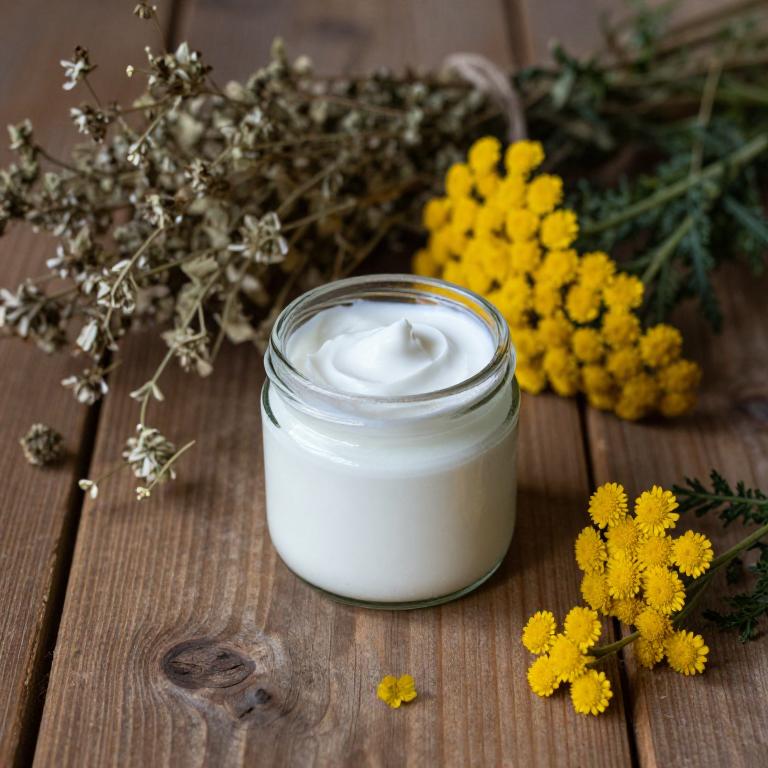
Achillea millefolium, commonly known as yarrow, is a medicinal plant that has been traditionally used for its anti-inflammatory and analgesic properties.
Herbal creams containing achillea millefolium are often formulated to provide natural relief for back pain by reducing inflammation and soothing muscle tension. These creams may be applied topically to the affected area, allowing the active compounds to penetrate the skin and target pain sources directly. While some users report significant relief from using yarrow-based creams, it is important to consult with a healthcare professional before incorporating them into a treatment regimen, especially if you have sensitive skin or are taking other medications.
Overall, achillea millefolium herbal creams offer a complementary approach to managing back pain, supporting holistic wellness when used appropriately.
6. Salvia officinalis
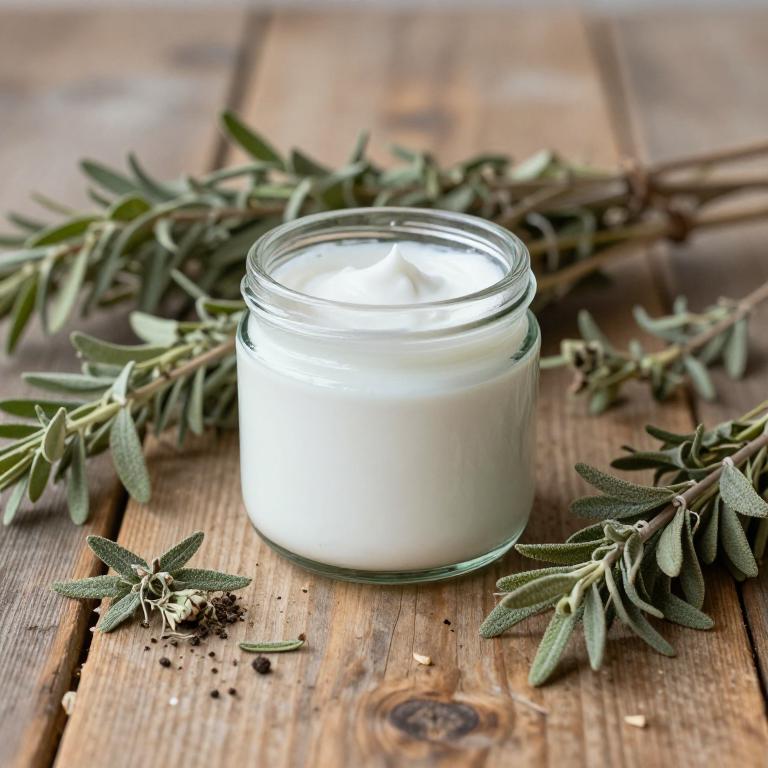
Salvia officinalis, commonly known as sage, is often incorporated into herbal creams designed to provide relief from back pain.
These creams typically combine sage extract with other natural ingredients like menthol, camphor, or arnica to enhance their therapeutic effects. The anti-inflammatory and analgesic properties of sage are believed to help reduce muscle tension and soothe soreness in the lower back. When applied topically, these creams can offer a warming or cooling sensation, which may help improve blood circulation and ease discomfort.
However, individuals with sensitive skin should perform a patch test before using sage-based creams to avoid potential irritation.
7. Urtica dioica
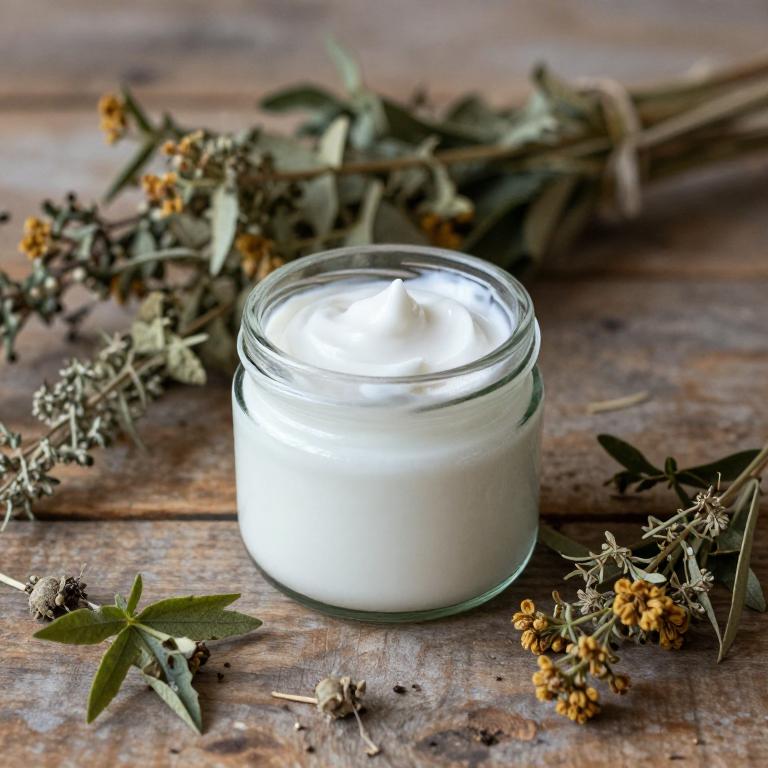
Urtica dioica, commonly known as stinging nettle, is a plant that has been traditionally used in herbal medicine for its anti-inflammatory and pain-relieving properties.
Urtica dioica herbal creams are formulated with extracts from the leaves and roots of this plant, which contain compounds like histamine, formic acid, and flavonoids that may help reduce inflammation and ease muscle pain. These creams are often used topically to alleviate back pain by soothing sore muscles and improving circulation in the affected area. While they are generally considered safe for most people, some individuals may experience skin irritation due to the stinging properties of the plant.
As with any herbal remedy, it is advisable to consult a healthcare professional before using urtica dioica creams, especially if you have sensitive skin or are taking other medications.
8. Vitis vinifera

Vitis vinifera, commonly known as the grapevine plant, has been traditionally used in herbal medicine for its anti-inflammatory and analgesic properties.
Herbal creams containing Vitis vinifera extract are formulated to provide natural relief for back pain by reducing muscle tension and inflammation. These creams often combine the extract with other soothing ingredients like arnica or eucalyptus oil to enhance their therapeutic effects. The active compounds in Vitis vinifera, such as resveratrol, are believed to support tissue repair and improve circulation, making them a popular choice for those seeking alternative treatments.
However, individuals should consult with a healthcare professional before using these creams, especially if they have underlying health conditions or are taking other medications.
9. Mentha piperita

Mentha piperita, commonly known as peppermint, is often incorporated into herbal creams to provide relief for back pain due to its cooling and analgesic properties.
These creams typically combine peppermint oil with other soothing ingredients like camphor, eucalyptus, or menthol to enhance their effectiveness. The menthol in peppermint works by stimulating the cold receptors in the skin, which can help reduce the perception of pain and promote a sense of relief. When applied topically to the affected area, these creams can help alleviate muscle tension and inflammation associated with conditions like muscle strain or arthritis.
However, individuals with sensitive skin should perform a patch test before using peppermint-based creams to avoid potential irritation.
10. Symphytum officinale
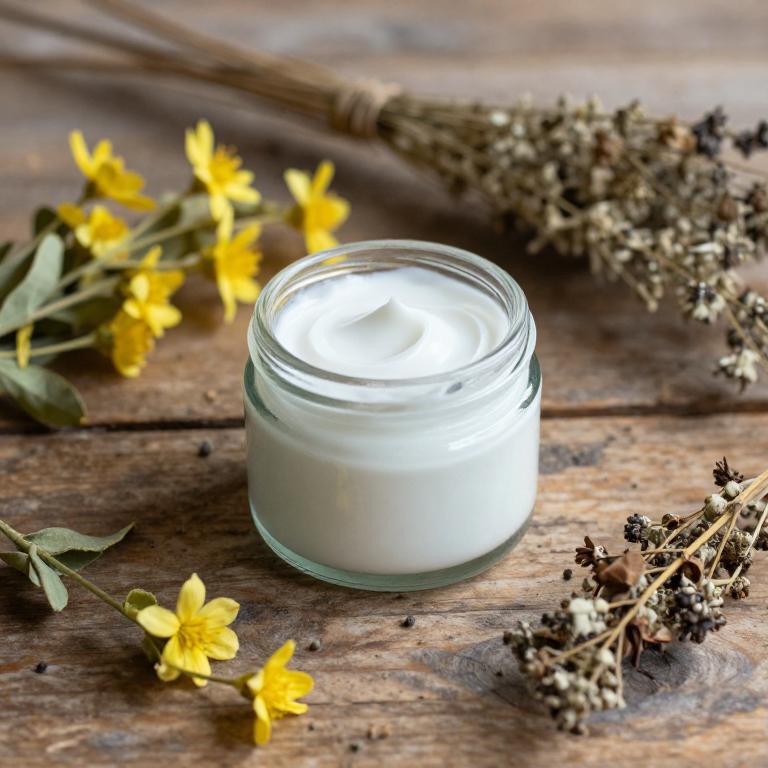
Symphytum officinale, commonly known as comfrey, is a traditional herbal plant that has been used for centuries to support joint and muscle health.
Its roots contain compounds like allantoin and rosmarinic acid, which are believed to promote tissue repair and reduce inflammation. Symphytum officinale herbal creams are often formulated to provide relief for back pain by soothing sore muscles and enhancing the healing process. These creams are typically applied topically to the affected area, offering a natural alternative for those seeking relief without systemic side effects.
However, it is important to use these creams with caution, as some forms of comfrey may have potential toxicity when ingested, though topical use is generally considered safer.